IAS in the Caribbean
- Home
- IAS in the Caribbean
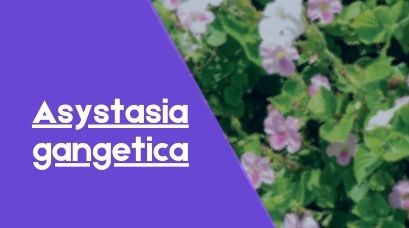
Asystasia gangetica known as creeping foxglove, Chinese violet, coromandel, Ganges primrose, or Philippine violet originated from India and Sri Lanka. This plant was first brought over for ornamental purposes. A.gangetica […]
Read More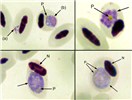
Plasmodium relictum is one of more than 40 species of Plasmodium that can infect birds and cause avian malaria (Valkiunas, 2005). This disease has many similarities to human malaria and […]
Read More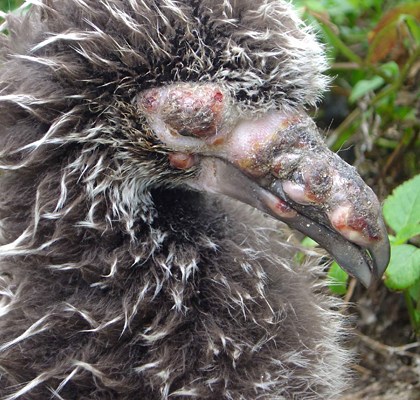
The avian poxviruses (genus Avipoxvirus) constitute a group of viruses in the subfamily Chordopoxvirinae, family Poxviridae (ICTV, 2009). Depending on the authority, there are as many as 13 recognized, more […]
Read More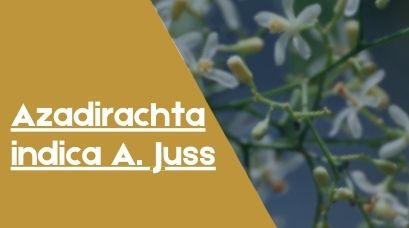
Azadirachta indica A. Juss known as Indian lilac, lilac tree, margosa or neem originated from parts of Bangladesh, India, Malaysia and Myanmar. This plant was first brought for fuelwood, shade […]
Read More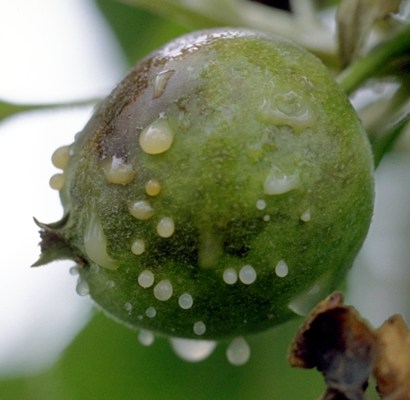
Fire blight is a serious disease of plants in the subfamily Maloideae, especially apple, pear, quince and loquat. Epidemics, although sporadic, are often devastating depending on the occurrence of favourable […]
Read More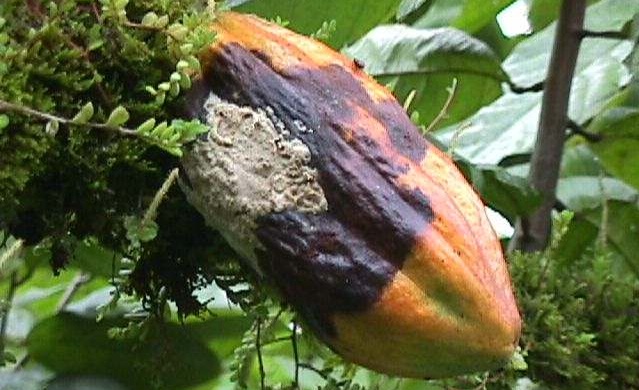
Frosty pod rot, also called Monilia, is an invasive disease affecting cocoa caused by the fungus Moniliophthora roreri. Until the 1950s, frosty pod rot was confined to the North-western South […]
Read More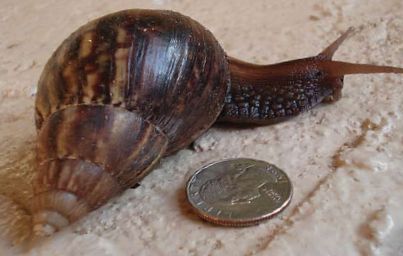
The giant African snail (Achatina fulica) is a tropical species native to East Africa. Typically about 1 cm tall, it can grow as large as 20 cm and weigh as […]
Read More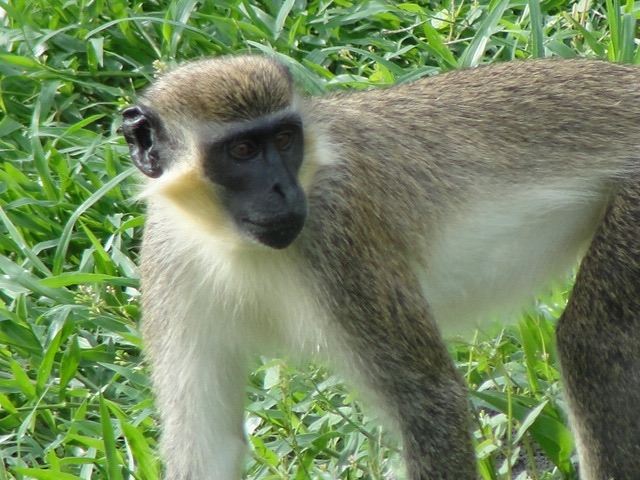
The Federation of St. Kitts and Nevis is currently participating in this UNEP IAS initiative aimed at better understanding the impacts of invasive species on island biodiversities and economies. The project […]
Read More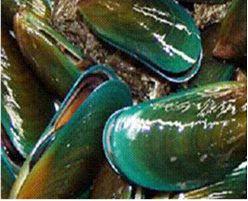
The Asian green mussel (Perna viridis), also known as the Philippine green mussel, is a bivalve belonging to the family Mytilidae. The mussel is economically important in several countries where […]
Read More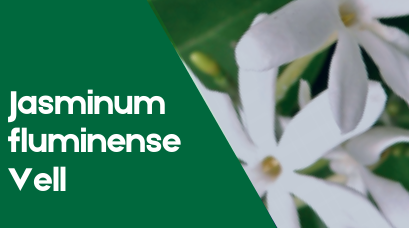
Jasminum fluminense Vell known as Brazilian jasmine, Gold coast jasmine or jasmine originated from tropical Africa and the Arabian Peninsula. This plant was first introduced as an ornament. It began […]
Read More